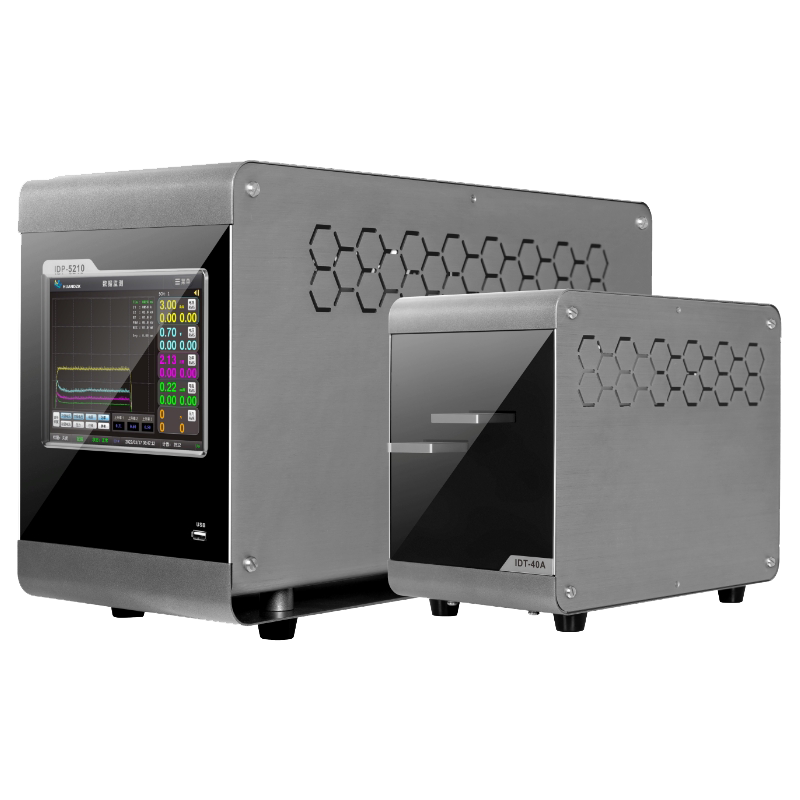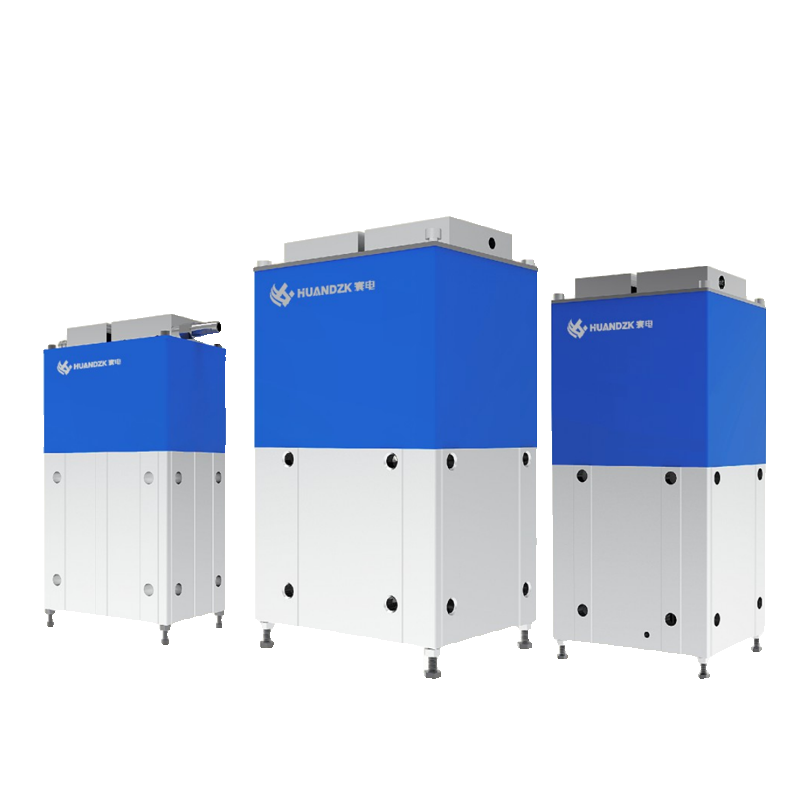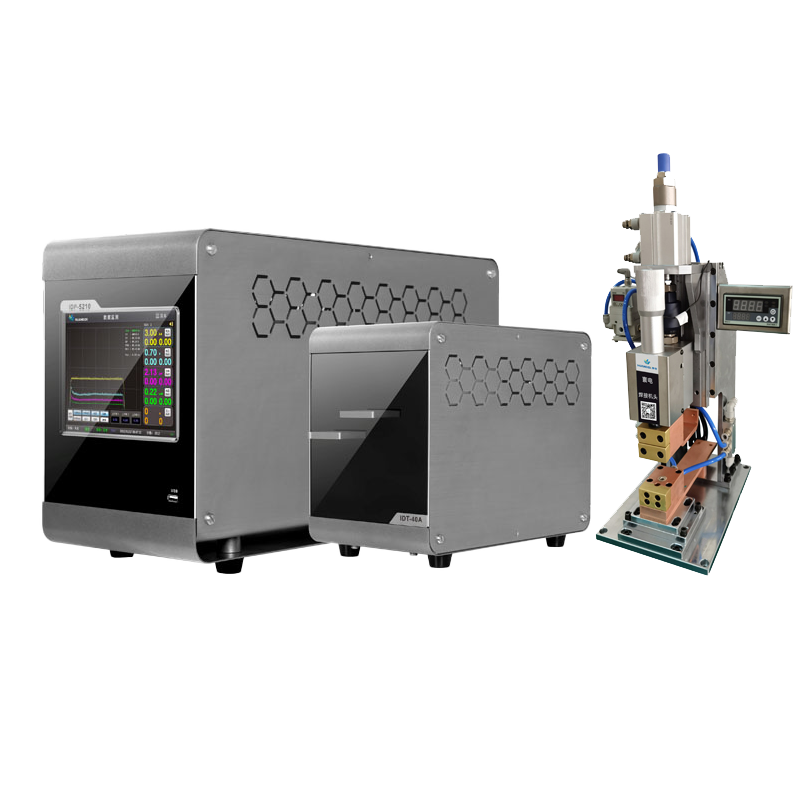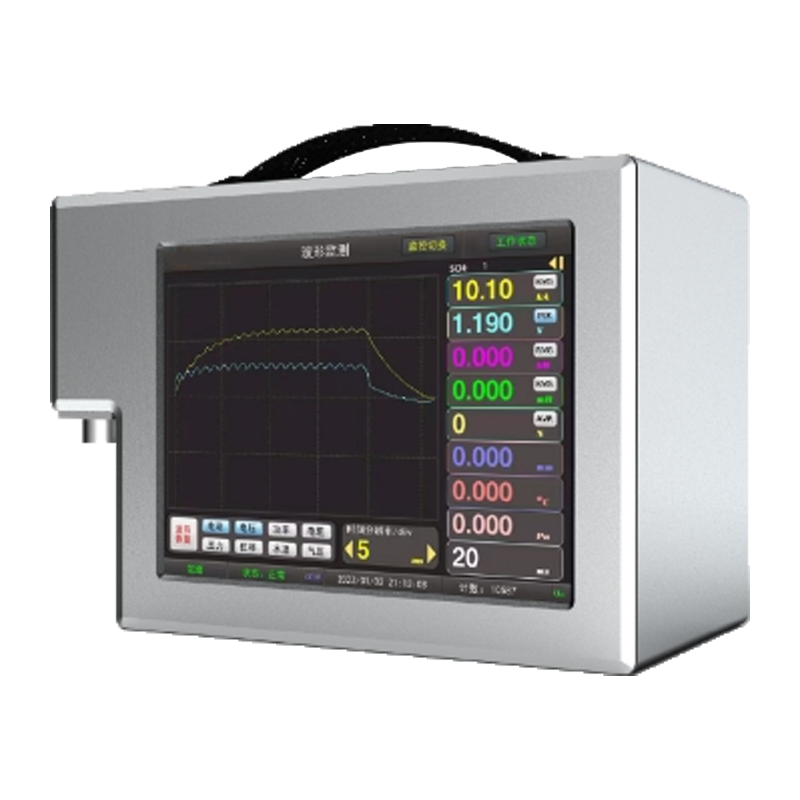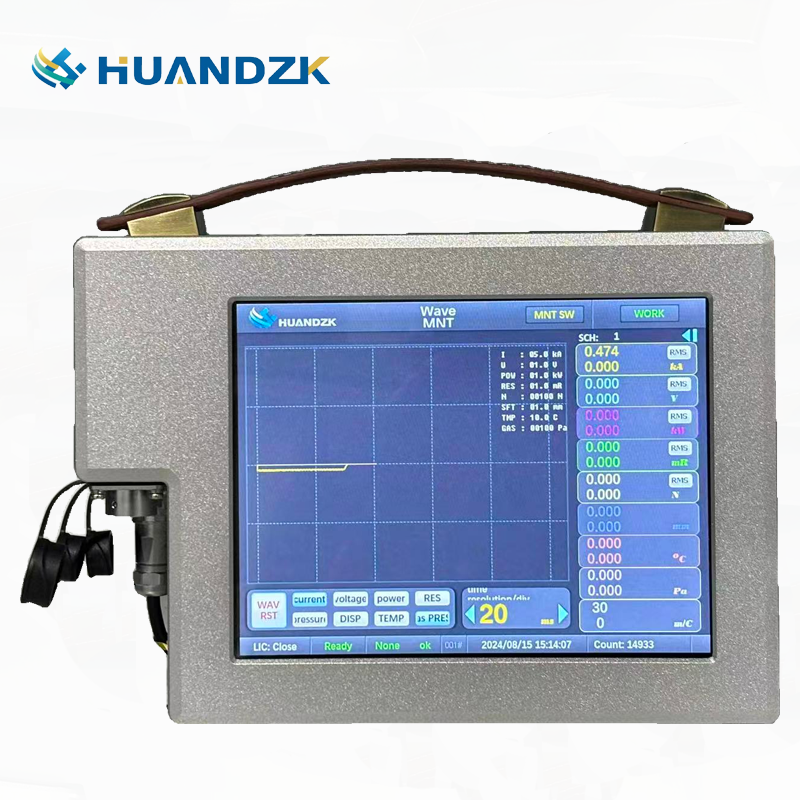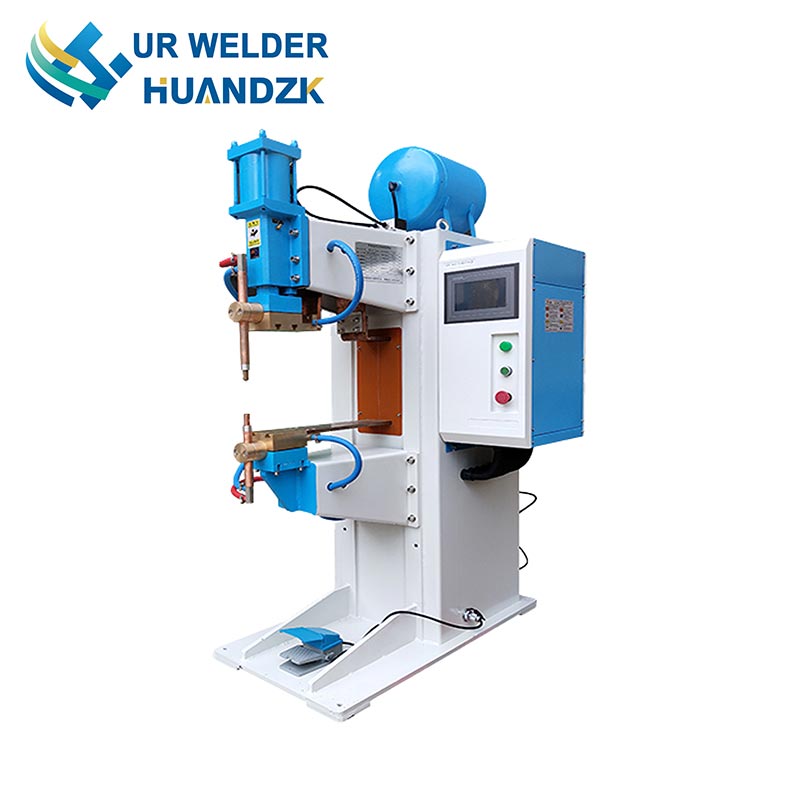Nut spot welding, as an indispensable and crucial part in the manufacture of automotive parts, is widely used in the fields of chassis nut spot welding and automotive battery panel cover side nut spot welding. This process cleverly uses the original shape, chamfer, bottom surface or special convex points of the welded part to accurately weld nut to another larger welding base material. Due to the unique design of the convex point contact, nut spot welding equipment not only greatly improves the pressure and current density per unit area, but also promotes the rupture of the oxide film on the surface of the plate and the high concentration of heat, effectively reducing the current shunting phenomenon. In addition, this process also breaks through the limitation of the traditional plate thickness ratio and successfully realizes the welding of plates with a thickness ratio of more than 1:6.
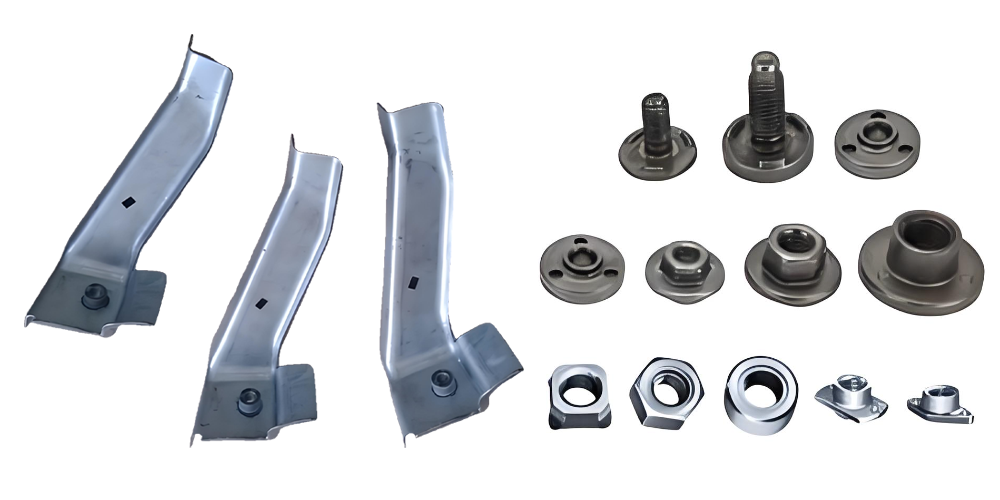
In order to further improve production efficiency and reduce the loss of the spot welding machine welding head, multi-spot projection welding technology came into being. When welding nuts or bolts, flat-head electrodes are used for welding to ensure that the surface of the parts is flat and free of pressure pits, while extending the service life of the electrode head. The projection welding machine can be operated on both a general spot welding machine and a dedicated projection welding machine, and is widely used in the mass production of automotive nut welding. Whether nut is stainless steel, galvanized sheet, carbon steel or high-strength sheet, or nut parts in the shape of triangle, square, hexagon, round, T-shaped, cross-shaped, flat plate, etc., precise welding can be achieved through the nut spot welding process.
The formation process of nut spot welding spot is similar to that of conventional spot welding, and can be roughly divided into three stages: pre-pressing, convex point crushing and nucleation. In the pre-pressing stage, the nut and the sheet metal hole need to be accurately positioned by insulating pins. Subsequently, under the action of electrode pressure, the nut convex point begins to deform, its height gradually decreases, and the contact area with the lower plate gradually increases. When the electrode pressure reaches the preset value, the nut convex point will collapse to a certain extent, and a shallow pressure pit will be formed on the lower plate surface. At this time, the current begins to flow through the base surface of the convex point, and the heating becomes more concentrated. In a very short time, the remaining height of the nut convex point will be completely crushed, and the nut and the plate will be tightly fitted, marking the beginning of the second stage. With the complete crushing of the nut convex point and the fit of the plate, a larger heating area is gradually formed. On the basis of the melting of individual contact points, the melting area gradually expands to a molten core and plastic zone of sufficient size, thus completing the third stage of nut projection welding.
Selection of welding heads for cap welders and nut spot welders
In terms of the selection of nut spot welders, insulated positioning split electrodes are generally used for welding operations. Among them, the upper electrode head is a flat head design, and the lower electrode uses a special nut spot welding head. When the upper electrode of the welder is pressed down, the positioning pin of the lower electrode will accurately locate the position of the plate and the nut, and then press down to contact for nut projection welding. The material of the nut spot welding head is usually selected from high-performance materials such as chromium zirconium copper or aluminum oxide copper to ensure stability and durability during welding. The positioning pin is made of insulating materials such as ceramics, KCF, silicon nitride, etc. to ensure insulation performance and positioning accuracy during welding.
